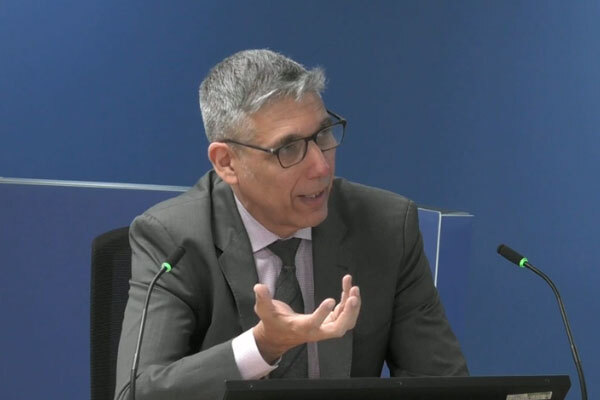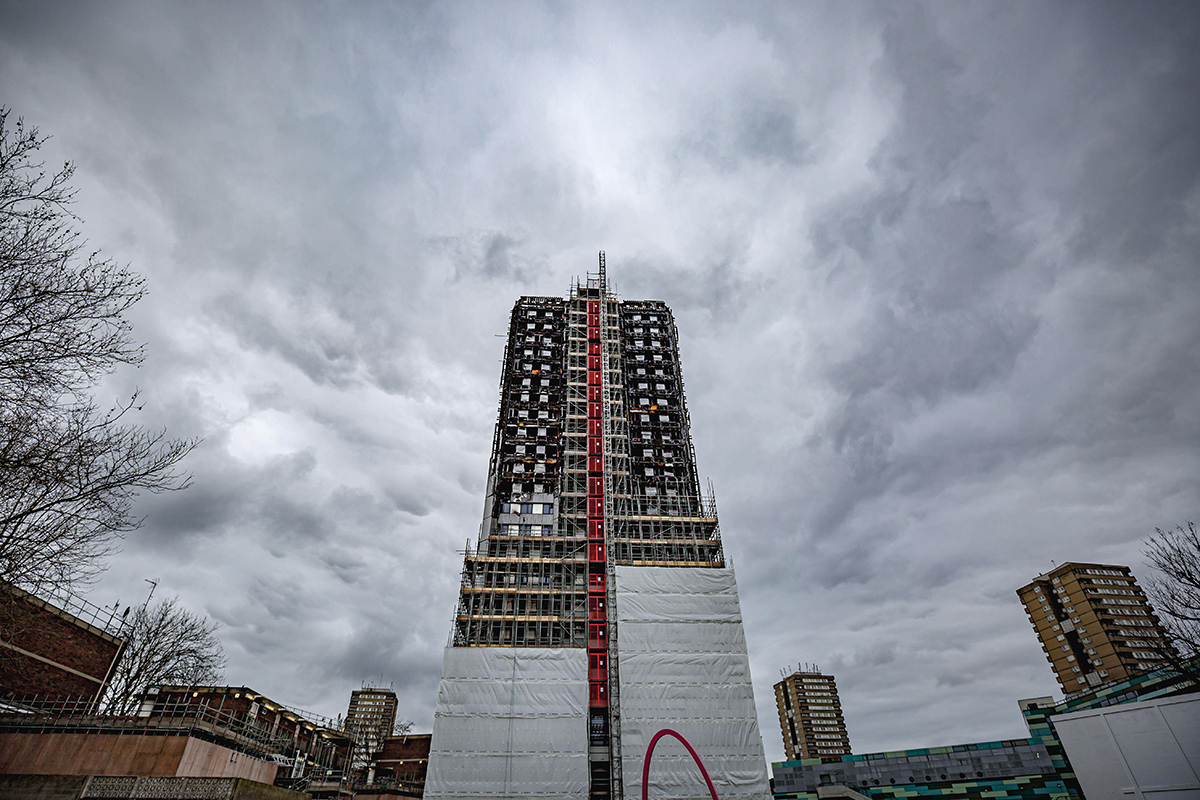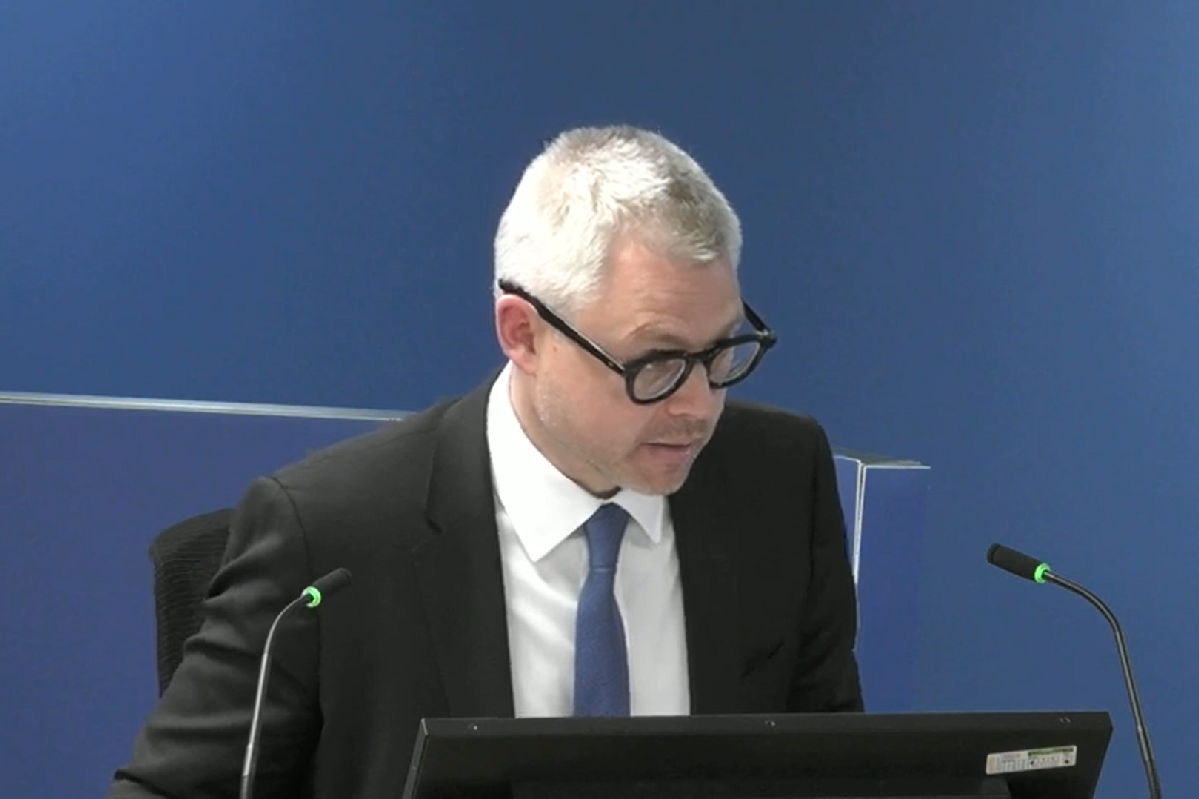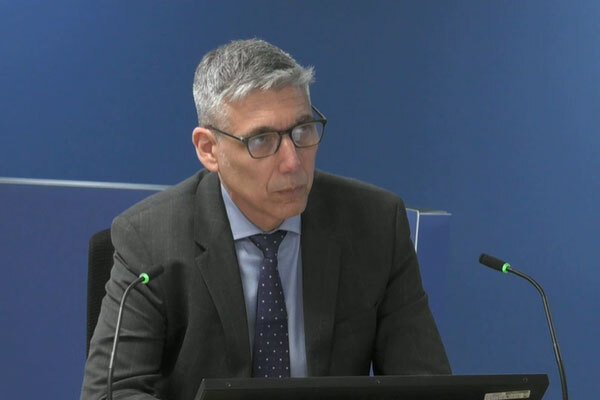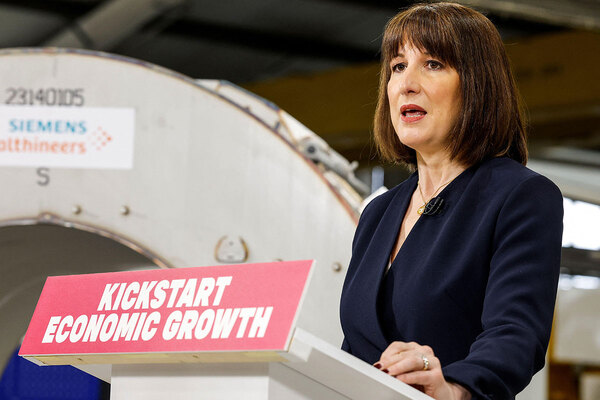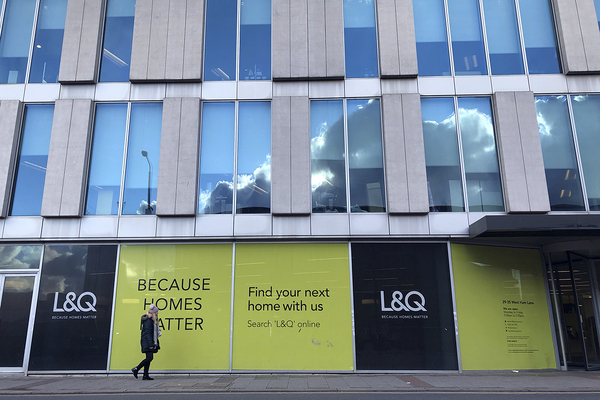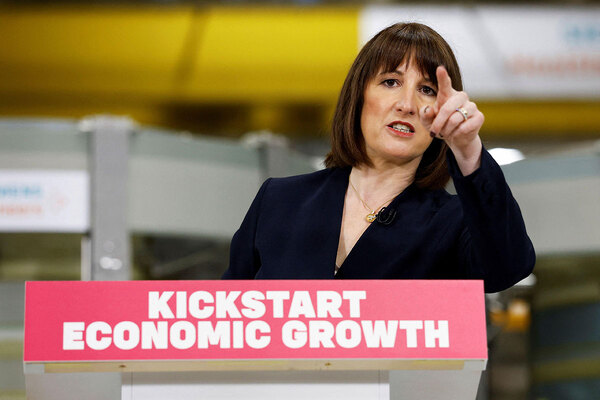You are viewing 1 of your 1 free articles
Guidance for interpreting cladding fire tests ‘full of mistakes from beginning to end’, expert tells Grenfell Inquiry
UK guidance on how to interpret current large-scale fire tests on cladding is “full of mistakes from beginning to end”, a fire expert told the Grenfell Tower Inquiry today.
Professor José Torero, a professor of civil engineering at University College London, described the guidance as an “absolute oversimplification of a complex problem” and said it substitutes competency with “simple tick-box tables”.
He also told the inquiry that the UK’s testing system is “extremely far away” from where it should be.
Professor Torero, who is a globally recognised fire expert with significant experience in the field, continued his evidence today on UK fire safety regulation and testing systems.
He previously presented a report to the inquiry which criticised the primary test method for facades in the UK regulatory system, saying it does not provide “any meaningful measure” for real-world fire performance.
Questioned about his conclusions today, Professor Torero said the test – known as BS 8414 after the standard that contains its methodology – is limited in scope, while the results of the tests are often interpreted in an over-simplistic way.
The inquiry was shown a document called ‘Fire Performance of External Cladding Systems’, a new British standard that was published in 2019 which looks at how to extrapolate results from these tests and attempts to bring some structure to the pre-Grenfell process of ‘desktop assessments’.
Asked to describe the document, Professor Torero called it: “An absolute oversimplification of a complex problem that is full of mistakes from beginning to end.”
He explained that efforts to standardise these assessments were misguided, when what is required is a “base bespoke assessment” of the building that the cladding system is being installed on.
“In your report, you say that what this piece of guidance does is substitute a desktop study which should be conducted by a competent professional with simple tables.
“And you’re very critical of this piece of guidance, is that fair?” asked Kate Grange QC, counsel to the inquiry.
“Yes. I think that you will find that there is a recurring theme in all my reports, that I’m extremely critical of any document that substitutes competency and that’s what this document does,” Professor Torero replied.
“Because what you’re saying is these systems, these processes, they’re far, far too complicated to be able to be simply understood or interpreted by reference to simple tick-box tables, essentially,” stated Ms Grange.
Professor Torero agreed.
“And the point you also make in your report is that because the 8414 test doesn’t provide important relevant information for assessing relevant fire performance, you’re building error upon error. That’s your view. Is that right?” Ms Grange questioned.
“Exactly. So you’re starting from a difficult place, and you’re just making it worse,” Professor Torero responded.
Professor Torero concluded in his report that the current fire-related performance assessment of materials and systems associated with the design and build of the building envelope in the UK is “flawed”.
He wrote: “The conclusions also indicate that the manner in which the building regulations presume to deliver fire safety is also flawed.”
He said it is also “not clear” what the required competency is for a professional to be able to establish the fire performance of a building envelope.
He added: “Building envelopes are therefore currently designed in a manner that does not allow fitness for purpose to be established with any certainty.
“Existing testing practices have little capacity to deliver the necessary data for an adequate performance assessment.
“As a consequence, existing testing practices place an unrealistic expectation on professionals because they do not deliver appropriate and sufficient data for the required assessment.”
Asked how he would describe the competency of fire safety engineering professionals in this country when making assessments of external wall performance, Professor Torero said it was “extremely poor”.
“But I would rather describe it as we have an enormous confusion of competency. I think we’ve got to the point where we really cannot assess in a credible way who is competent and who is not,” he said.
Professor Torero later said he has been involved in the review of many projects over the past few years.
“I have seen many people argue assessments of performance – even now after Grenfell – and the level in the majority of cases has been extremely poor, the arguments have been very weak, most of the times it is purely just an opinion without technical backing or calculation or support. And when I say many, I mean in the hundreds,” he said.
Asked why simply banning combustible cladding is not an answer, Professor Torero said any ban would only be a partial ban.
“If you really wanted to implement the perfect ban, everything would have to be non-combustible… we know that that is not possible,” he explained.
He added that a partial ban would create a “false sense of safety”.
Professor Torero said a “true solution” to the problems related to fire safety testing systems in the UK will require a “complete reassessment” of the manner in which fire safety is perceived by the construction industry, which will take “significant time”.
He said it is therefore “essential” that short-term improvements are implemented in the meantime.
“How far away is our testing regime from where it ought to be if it is to deliver the kind of data and information which competent professionals can use to make appropriate assessments about these external wall systems?” asked Ms Grange.
Professor Torero said from a “fundamental perspective, it’s extremely far away”.
“In essence, if we were to think properly and make once and for all the decision that we are going to go in the direction of functional requirements and we create the framework that supports that, then we could actually work with the tests that we have, modify them, use them in a way such that they could provide meaningful information,” he added.
Professor Torero, who on Wednesday described the UK as an “outlier” internationally due to its total reliance on the stay put advice in the event of a fire, also gave evidence about fire safety in Australia.
The inquiry heard that a serious cladding fire at the Lacrosse Building in Melbourne in 2014 led to a series of studies on the state of the construction industry in Australia.
The spread of the fire, started by a cigarette butt, was fuelled by flammable cladding on the apartment block. All 400 residents were safely evacuated.
Though the fire prompted a lot of discussion, explained Professor Torero, it was Grenfell that led to action.
Among three prominent studies, the Warren Centre, part of the University of Sydney, produced nine reports that analysed the relationships between regulation, competencies and adequacy in the context of fire safety engineering design.
In his report, Professor Torero said the reports are “directly applicable” to the reality in the UK.
“The process followed for their development is a very good example of coherent government, industry and academic collaboration towards the delivery of a common and pragmatic plan of improvement,” he wrote.
A final report concluded that the research on fire safety engineer education provision and accreditation by professional bodies “showed some very substantial limitations”.
“Currently, such pedagogy or a modern curriculum has not been fully developed for Australia or internationally,” researchers said.
Professor Torero said there are a number of reasons why education programmes have not been able to evolve fully, but added that it is mostly associated with the “lack of recognition for the need”.
He said the organisations are very small and struggling to keep a reasonable amount of students “so that they become viable”.
“In essence it represents a conflict between organisations that are aiming at delivering the appropriate level of education and a practice that doesn’t consider that necessary,” Professor Torero said.
The Warren report set out a series of recommendations. One was to give fire safety engineers more professional responsibility and accountability for the overall design and implementation of the fire safety strategy.
Professor Torero agreed that this would “allow for more certainty” in terms of who is responsible for certain fire safety design decisions.
He explained: “Something that people do not recognise is that when currently, for example in the UK, a fire safety engineer enters the design process, 90% of decisions will have already been made for them.
“Even then, when they come in and they start interacting, there are other participants in the design process that will still take or impose decisions on them, which on the one hand takes the responsibility of the design and… the responsibility of the outcome.
“But on the other hand gives the fire safety engineer an excuse to hide behind these decisions that are being made by others in such a way that they actually relinquish their responsibility entirely.”
The inquiry will now hear closing statements for Module 6, which covered the actions of central government, starting on Monday.
Sign up for our weekly Grenfell Inquiry newsletter
Each week we send out a newsletter rounding up the key news from the Grenfell Inquiry, along with the headlines from the week
Already have an account? Click here to manage your newsletters
